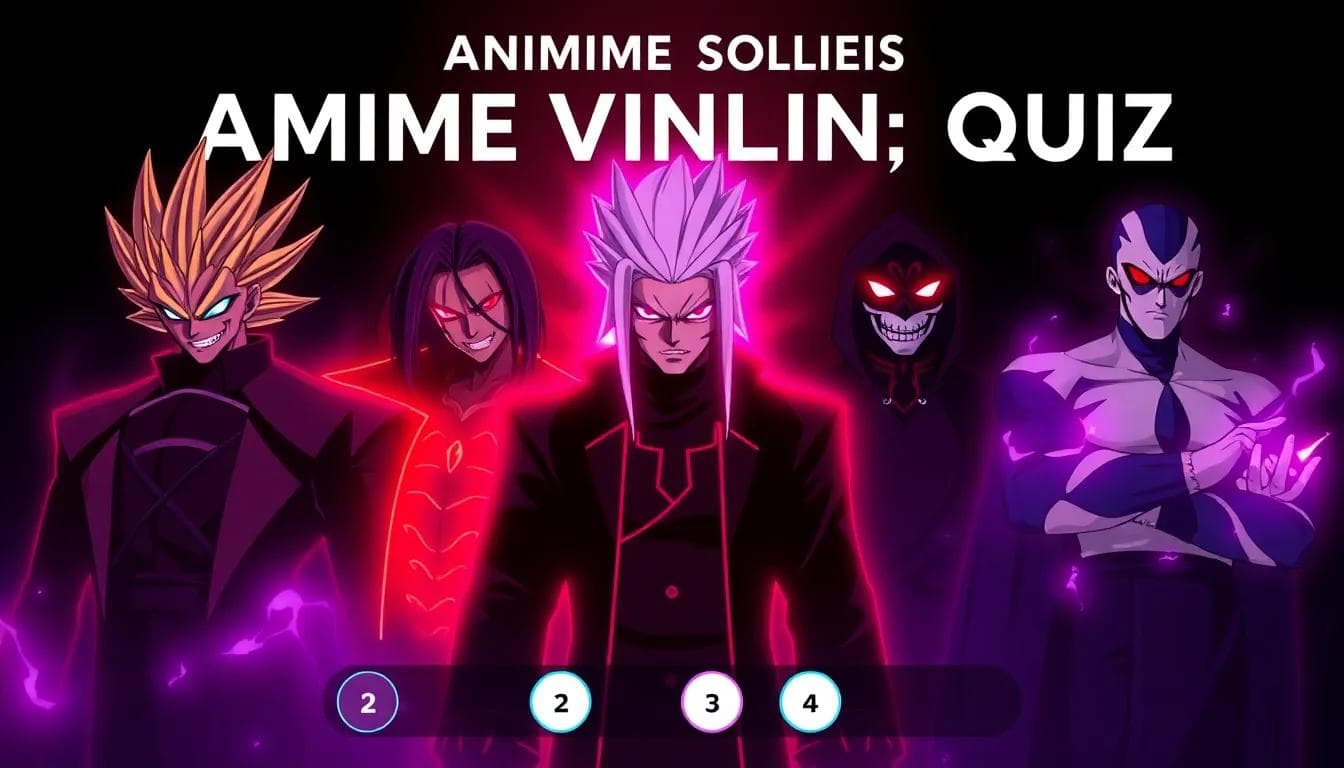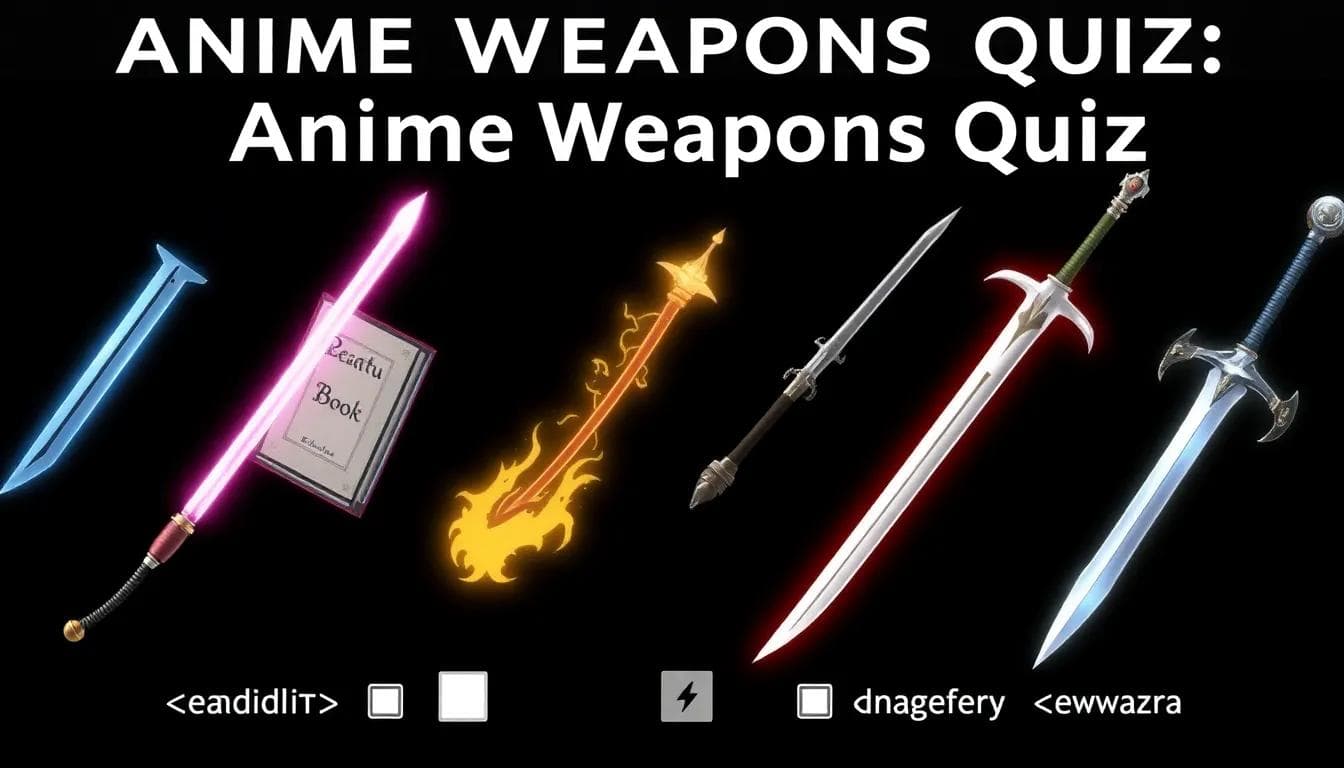Anime Genres Explained: Complete Guide to Understanding Anime Categories
Understanding anime genres is crucial for finding series that match your preferences and discovering new types of content you might enjoy. This comprehensive guide breaks down all major anime genres with clear explanations and popular examples to help you navigate the diverse world of anime.
What Are Anime Genres?
Anime genres are categories that help classify series based on their target audience, themes, storytelling style, and content. Unlike Western media, anime genre classification often considers the target demographic alongside traditional content-based categories.
Demographic-Based Genres
Shounen (少年)
Target Audience: Teenage boys (12-18 years old)
Characteristics: Action-packed, coming-of-age stories with male protagonists
Popular Examples:
- Naruto
- Dragon Ball Z
- My Hero Academia
- One Piece
- Demon Slayer
Shoujo (少女)
Target Audience: Teenage girls (12-18 years old)
Characteristics: Romance, relationships, emotional storytelling
Popular Examples:
- Sailor Moon
- Fruits Basket
- Ouran High School Host Club
- Cardcaptor Sakura
Seinen (青年)
Target Audience: Adult men (18+ years old)
Characteristics: Mature themes, complex narratives, psychological depth
Popular Examples:
- Attack on Titan
- Berserk
- Monster
- Ghost in the Shell
Josei (女性)
Target Audience: Adult women (18+ years old)
Characteristics: Realistic relationships, workplace drama, mature romance
Popular Examples:
- Nana
- Honey and Clover
- Paradise Kiss
Content-Based Genres
Action
Fast-paced series featuring battles, fights, and physical confrontations.
Examples: Dragon Ball Z, Fullmetal Alchemist, Jujutsu Kaisen
Adventure
Stories involving journeys, exploration, and discovery.
Examples: One Piece, Made in Abyss, Dr. Stone
Comedy
Anime focused on humor and entertainment.
Examples: Gintama, Konosuba, The Disastrous Life of Saiki K.
Drama
Character-driven stories with emotional depth and realistic conflicts.
Examples: Your Lie in April, A Silent Voice, Clannad
Fantasy
Stories set in magical worlds or featuring supernatural elements.
Examples: Fairy Tail, That Time I Got Reincarnated as a Slime, Re:Zero
Horror
Anime designed to frighten, unsettle, or create suspense.
Examples: Another, Tokyo Ghoul, Parasyte
Mystery
Stories involving puzzles, investigations, or unexplained phenomena.
Examples: Death Note, Detective Conan, The Promised Neverland
Romance
Stories centered on romantic relationships and love.
Examples: Toradora!, Kaguya-sama: Love Is War, Your Name
Sci-Fi
Stories featuring futuristic technology, space travel, or scientific concepts.
Examples: Steins;Gate, Cowboy Bebop, Psycho-Pass
Slice of Life
Realistic portrayals of everyday life and ordinary experiences.
Examples: K-On!, Barakamon, March Comes in Like a Lion
Popular Subgenres
Isekai (異世界)
Characters transported to or reincarnated in another world.
Examples: Sword Art Online, Overlord, The Rising of the Shield Hero
Mecha
Giant robots or mechanical suits as central elements.
Examples: Gundam, Evangelion, Code Geass
Sports
Athletic competition and sports-related storylines.
Examples: Haikyuu!!, Kuroko's Basketball, Yuri!!! on Ice
Magical Girl
Young girls with magical powers fighting evil.
Examples: Sailor Moon, Madoka Magica, Cardcaptor Sakura
School
Stories set in educational institutions.
Examples: My Hero Academia, Assassination Classroom, Classroom of the Elite
Harem
One protagonist surrounded by multiple romantic interests.
Examples: Love Hina, The Quintessential Quintuplets, High School DxD
Reverse Harem
One female protagonist with multiple male romantic interests.
Examples: Ouran High School Host Club, Brothers Conflict
Tips for Choosing Anime by Genre
Start with your interests: If you like action movies, try shounen anime. Romance fans should explore shoujo or josei.
Mix genres: Many great anime combine multiple genres (action-comedy, romantic-drama, etc.).
Consider your mood: Light slice-of-life for relaxation, intense thrillers for excitement.
Don't limit yourself: Be open to genres you think you won't like - you might be surprised.
Check recommendations: Use sites like MyAnimeList to find highly-rated series in each genre.
Conclusion
Understanding anime genres helps you make informed viewing choices and discover new favorites. Whether you prefer action-packed shounen adventures or quiet slice-of-life moments, there's an anime genre perfect for every taste. Use this guide as your roadmap to exploring the rich diversity of anime storytelling.




